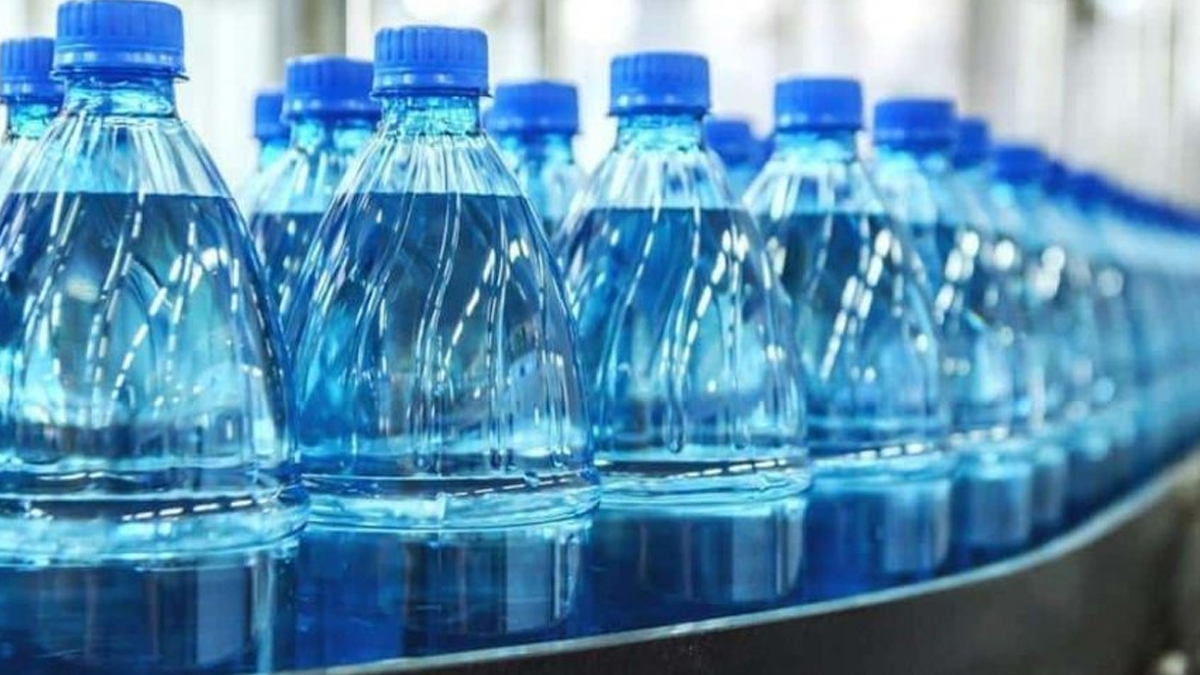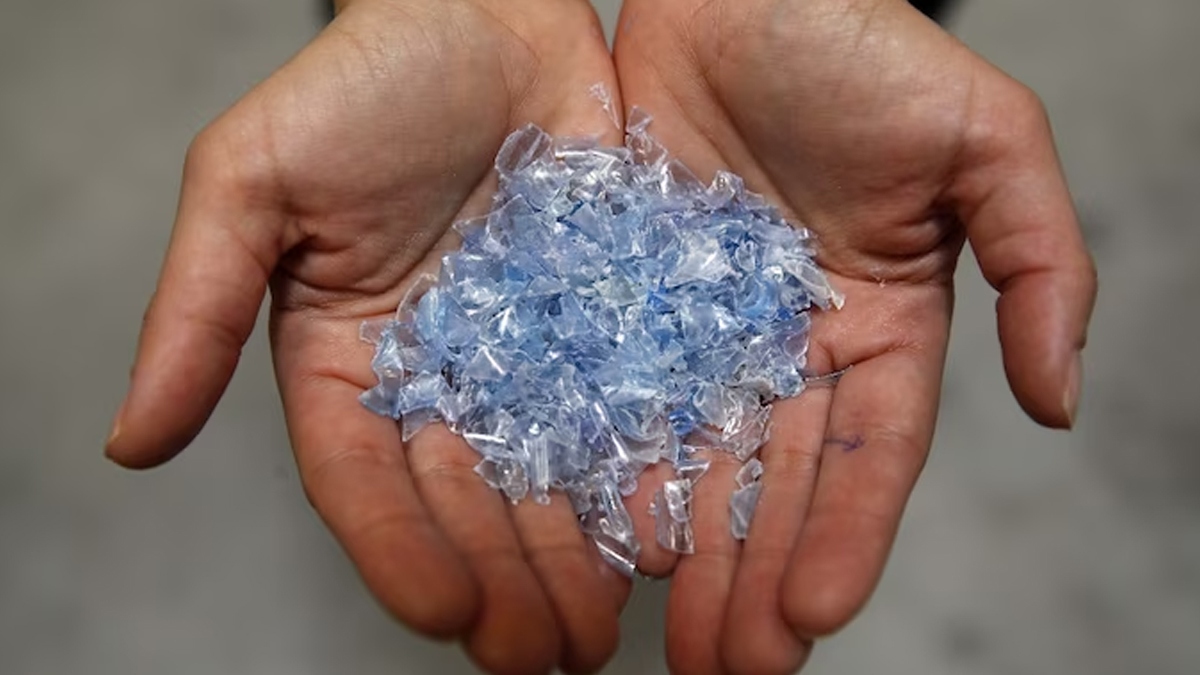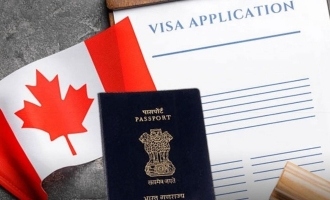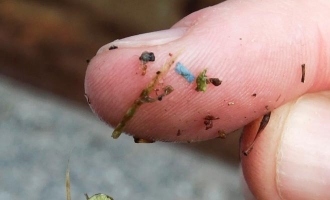Bottoms Up? Shocking Study Finds 240,000 Nanoplastics in a Single Water Bottle


Send us your feedback to audioarticles@vaarta.com



Thirsty for plastic? A new study reveals a disturbing truth about bottled water: a single liter can contain a staggering 240,000 tiny nanoplastic fragments, 90 times more than previously estimated.
Microplastics in plastic bottles were already concerning, but this groundbreaking research, published in Proceedings of the National Academy of Sciences, sheds light on the hidden world of even smaller nanoplastics. Using a new laser technology, researchers from Columbia University discovered these miniature invaders, multiplying the microplastic count in bottled water by a factor of 10.
The findings are alarming: from 110,000 to 370,000 plastic particles, mostly nanoplastics, were found in each liter. These fragments, barely discernible under a microscope, pose a potential health risk due to their ability to bypass the gut and respiratory system, entering the bloodstream.
"Unlike microplastics, nanoplastics can reach vital organs like the heart and brain," explains Wei Min, the study's biophysicist and technology inventor. "They can even cross the placenta to affect unborn babies."
Analysis of three popular bottled water brands (names withheld) revealed polyethylene terephthalate (PET) and nylon as the most common nanoplastic types. PET, the dominant plastic in bottled beverages, likely leaches from bottle compression or cap interactions. Nylon, suggests co-author Beizhan Yan, might originate from water purification filters.
While little is known about the specific effects of nanoplastics in the bloodstream, the chemicals used in their production raise concerns. Bisphenols, phthalates, and heavy metals can disrupt hormones, harm organs, and increase cancer risk.

The researchers acknowledge that despite their abundance, nanoplastics represent a smaller mass than microplastics. However, they still pose a significant threat: "It's not size that matters," says Min. "It's the numbers. The smaller they are, the easier they enter our bodies."
This study serves as a wake-up call for reevaluating plastic bottle consumption. Opting for reusable alternatives, supporting stricter plastic regulations, and advocating for recycling are crucial steps towards protecting ourselves and our planet from the insidious dangers of plastic pollution.
Follow us on Google News and stay updated with the latest!
Comments
- logoutLogout

-

Aarna Janani
Contact at support@indiaglitz.com




 Follow
Follow









-a3e.jpg)
-3c4.jpg)
-e5c.jpg)
-e66.jpg)
-71b.jpg)
-5d5.jpg)
-adc.jpg)
-798.jpg)

-7c2.jpg)





































